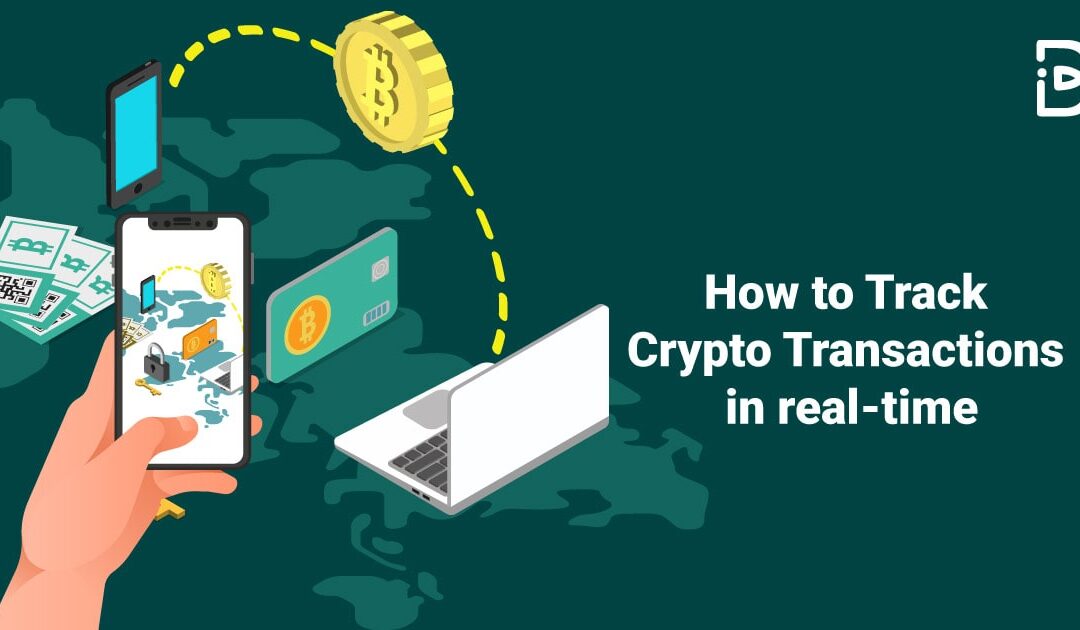Welcome to the world of blockchain, where transparency and security reign supreme! Have you ever wondered how transactions are tracked on this revolutionary technology? Join me on a journey as we delve into the intricate process of tracking transactions on the blockchain.
Understanding Blockchain Transactions
Before we dive into tracking transactions, let’s grasp the basics. Blockchain is like a digital ledger that records transactions across a network of computers. Each transaction is grouped into a block and linked together in a chain, hence the name blockchain. But how do we keep track of these transactions?
Peer-to-Peer Verification
One of the remarkable features of blockchain is its decentralized nature. Instead of relying on a central authority, transactions are verified by network participants, known as nodes. These nodes work together to validate and record transactions, ensuring the integrity of the blockchain.
Public Ledger
Another key aspect of blockchain is its transparent nature. Anyone can view the entire transaction history on the blockchain, thanks to its public ledger. Each transaction is assigned a unique identifier, making it easy to trace its origin and destination.
Wallet Addresses
Every participant on the blockchain has a unique identifier called a wallet address. Think of it as your digital signature. When you make a transaction, your wallet address is recorded on the blockchain, allowing others to track the flow of funds.
Tracking Tools
Now that we understand the fundamentals, let’s explore how we can track transactions on the blockchain. Several tools and platforms are available to make this process easier. Blockchain explorers, such as Etherscan for Ethereum or Blockchain.com for Bitcoin, allow users to search for specific transactions using wallet addresses or transaction IDs.
Transaction Hash
Each transaction on the blockchain is assigned a unique identifier known as a transaction hash. This hash serves as a digital fingerprint, providing a secure way to track transactions. By searching for a transaction hash on a blockchain explorer, users can access detailed information about the transaction, including its sender, recipient, and amount.
Conclusion
Tracking transactions on the blockchain may seem complex at first, but with the right tools and understanding, it becomes a straightforward process. The decentralized and transparent nature of blockchain technology ensures that every transaction is securely recorded and traceable. So, the next time you’re curious about a transaction, don’t hesitate to explore the blockchain and unveil its mysteries!
Remember, the blockchain is not just a technological marvel; it’s a testament to the power of transparency and trust in the digital age. Happy tracking!

